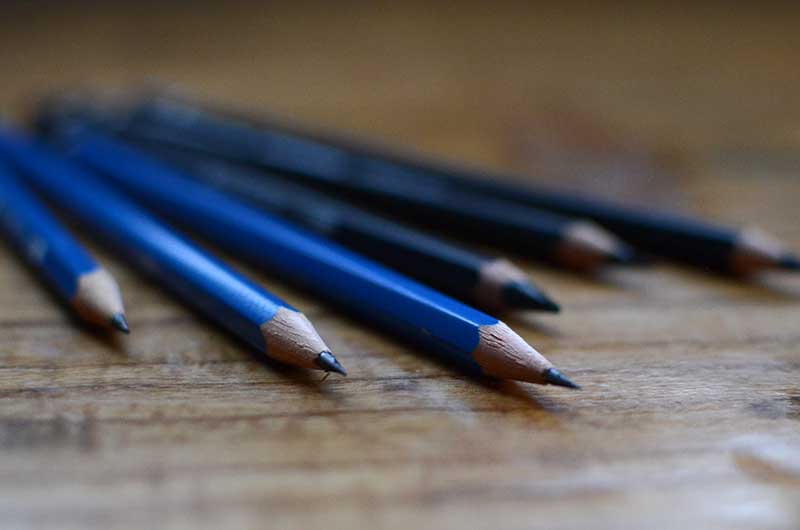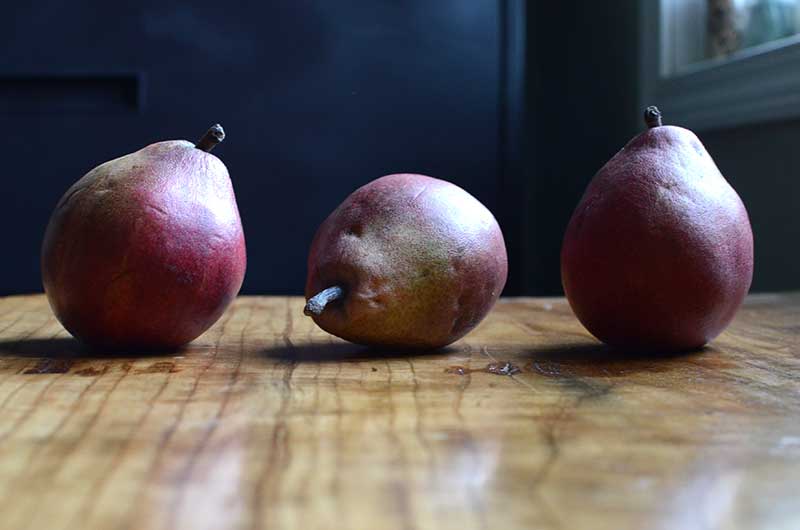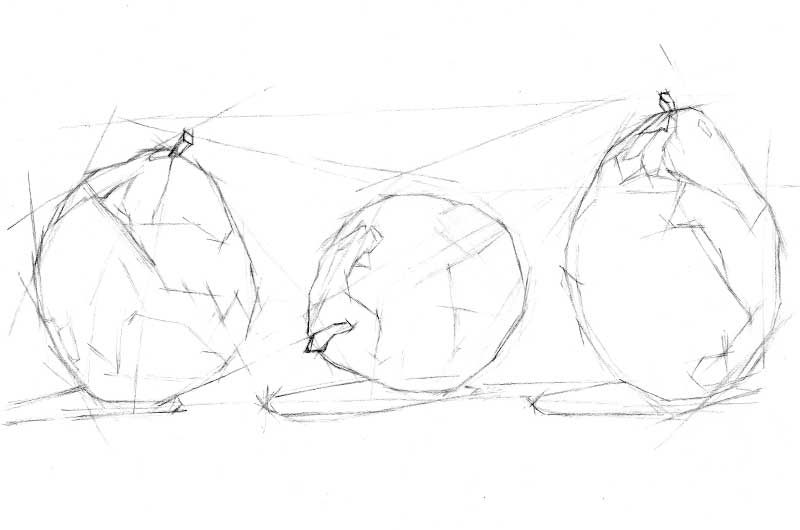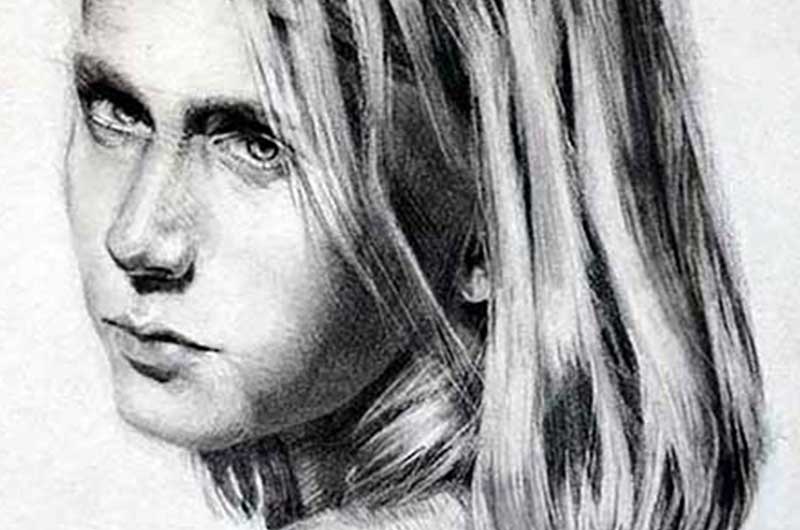getRealism
Want to create realism in art? You've come to the right place.

Tips For Drawing Realism
Follow these simple tips and suggestions for drawing realistic.

How To Drawing Step By Step Starting With The Envelope Method
Drawing proportions for realistic drawing.

Drawing With Angles
The importance of sketching the largest shapes first.

Shading A Drawing
How to draw the shadow shapes.

Pencil Drawing Realistic
Quick tips for creating realistic drawings with pencils.

Drawing Realistic Art
Tips & suggestions for drawing realistic art.

Still Life Drawing
How to start a still life drawing.

Draw An Eye
Follow the step-by-step process in this easy-to-follow guide that outlines how to draw an eye.

Draw A Mouth
Learn to draw a mouth with this simple guide! Follow easy steps and tips designed for everyone.
An overview of freehand drawing as visual art.
Drawing as a Form of Visual Art
- The creative process of drawing
- Comparison of freehand drawing to a meditative practice
- Common contexts of drawing (childhood experiences with simple tools)
Common Drawing Tools
Overview of various drawing instruments
- Pencils
- Pens
- Markers
- Brushes
- Charcoal
- Conte crayons
- Pastels
- Crayons
- Other unconventional tools
The Meditative Nature of Drawing
- Drawing as a process of mindfulness
- The experience of thoughts drifting away and refocusing
- The decision-making involved in the drawing process
- Placement of marks
- Shading techniques
- When to stop or continue
Challenges in Drawing
Observational Skills in Realism
The Flow State in Drawing
Progression in Drawing Skills
Understanding Shading
Shading Techniques
Overview of different shading methods
Steps for Effective Shading
Detailed steps for shading in a drawing:
- Study the object and identify shadows
- Determine and sketch shadow shapes
- Lightly fill in shadow shapes with attention to variations
- Observe and blend as needed
- Build shading gradually from light to dark
Drawing Techniques
Importance of Line Variation
- Use of curved lines for shading
- Straight lines to convey direction
Understanding Perspective in Drawing
- Creating the illusion of space and depth
- Objects appearing smaller with distance
- Perspective lines
- Vanishing points
- Identifying converging parallel lines
- Adding objects like tabletops and window sills
Toning a Drawing
- Similarity to shading
- Adding depth and dimension
Choosing the Right Drawing Surface
- Various types of paper (drawing paper specifics)
- Colors, weights, and textures
- Cold press vs. hot press paper
- Effect of texture on drawing medium application
- Alternative surfaces (cardboard, wood panels, etc.)
More about manual drawing as visual art.
What is Drawing?
Drawing is a form of visual art that involves making marks to create two-dimensional images. It's an act of bringing something into existence from nothing. Freehand drawing feels natural and almost primitive, often resembling a meditative process. Typically, drawing involves making marks on paper with a mark-making instrument. These instruments can range from pencils and pens to charcoal sticks or even your fingers and other objects. Remember drawing with a rock as a child? Have you ever drawn in the dirt with a stick or used a piece of charred wood from a bonfire?
Common drawing tools include pencils, pens, markers, brushes, charcoal, Conte crayons, pastels, crayons, and many more.
Drawing as a Meditative Practice
Drawing can be likened to meditation. While drawing, thoughts may drift by like clouds, and your focus must return to the task at hand repeatedly. Drawing involves a series of decisions: determining where to place each mark, how lightly or darkly to shade, and deciding when a drawing is finished or ready for more work. This process grounds you in the present moment.
Embracing Frustration
Drawing can sometimes be frustrating. If you feel this frustration, it may signal growth, indicating that the challenge is pushing you to develop your skills. Tackling difficult subjects offers an excellent opportunity to refine your abilities. Realism is a challenging and often difficult subject.
Drawing Realism
Drawing realism requires careful observation. The objective is to create a believable copy of the natural world.
The Flow State in Drawing
Refining your skills can lead to a flow state, or peak performance state, where you lose track of time and become deeply absorbed in your work.
Transitioning from Line Drawing to Shading
As you improve, you may need to progress from simple line drawings to adding shading, which creates the illusion of three-dimensional form. Contour drawing is a specific type of line drawing that involves outlining objects. However, it can be easy to get stuck at the line drawing stage, and transitioning to shading can feel intimidating.
Shading Artwork
Shading in drawing involves analyzing light and dark areas to depict the form accurately. It describes how light interacts with an object and indicates the location and intensity of the light source. Shading can also convey the texture of surfaces.
There are various techniques for shading, including cross-hatching, filling in areas, and blending when necessary.
How to Shade
To effectively shade a drawing, follow these steps:
- Study the object, allowing your gaze to relax and come to rest on the shadows.
- Determine the shape of each shadow and sketch that shape onto your drawing.
- Lightly fill in the shadow shapes, looking for variations and gradations as the values shift.
- Copy what you observe, and blend only where necessary. Blending can soften the edges where light meets shadow, creating smooth mid-tones.
- Build up your shading in layers, gradually moving from light to dark.
Using curved lines for shading can illustrate contours, while straight lines can convey direction.
Perspective Drawing
Simple techniques for drawing in perspective can help create the illusion of space and depth in your artwork. When drawing in perspective, objects should appear smaller as they get further away. Using perspective lines and vanishing points can assist in positioning objects within a composition, helping to establish the illusion of space between the foreground and background.
New objects, such as tabletops and window sills, can be incorporated into a composition by finding the point where existing parallel lines converge. This point can be used as the vanishing point for adding new elements like tabletops, ledges, windows, or other lines. Perspective techniques can range from simple to complex.
Toning a Drawing
Toning a drawing is similar to shading and helps to add depth and dimension.
Drawing Surfaces
Drawings are most commonly created on paper, though almost any surface can work well if it is compatible with the chosen drawing medium.
Drawing paper comes in a variety of colors, weights, and textures, including cold-press and hot-press papers. Cold press papers typically have more texture. Hot press paper is typically a smoother paper. A paper's texture is often referred to as its "tooth." A coarse texture holds more of the drawing medium, such as charcoal or pastel, on the paper’s surface, and a rough texture helps prevent chalky mediums from dusting off. The texture of a paper affects the application ease and drawing outcome.
Drawings can be made on various surfaces, including paper, cardboard, cardstock, wood panels, vellum, canvas, leather, fabric, cave walls, and more.
While drawing is primarily considered an artistic pursuit, it is also used in architecture, engineering, and many other fields.